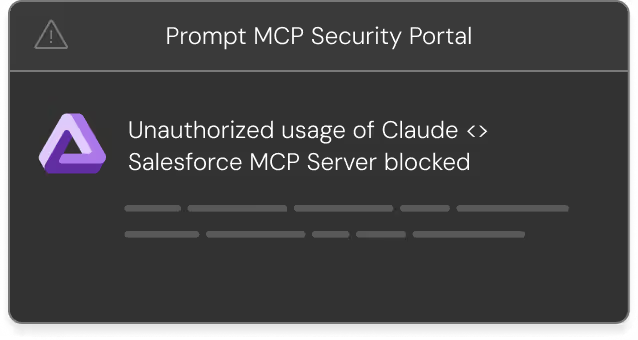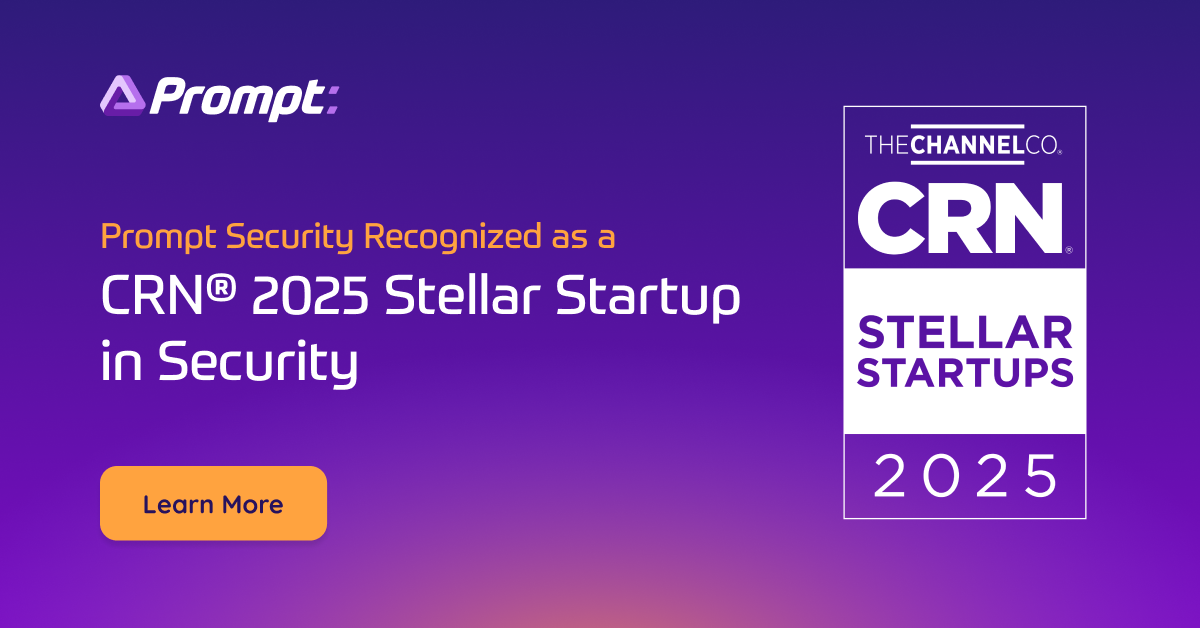The Platform for
AI Security
SECURE YOUR AI. EVERYWHERE IT MATTERS.

























AI introduces a new array of security risks
We would know. As core members of the OWASP research team, we have unique insights into how AI is changing the cybersecurity landscape.
Introducing prompt Security
Prompt Security defends against AI risks at all levels
A complete solution for safeguarding AI at every touchpoint in the organization




Enterprise-Grade AI Security
Fully LLM-Agnostic
Seamless integration into your existing AI and tech stack
Getting started with Prompt Security is fast and easy, regardless of how your tech stack looks like.
Cloud or self-hosted deployment
It's your choice. Prompt Security can be delivered as SaaS or on-premises based on your unique needs.
Trusted by Industry Leaders
Context-Aware Protections for Homegrown AI Apps: Security Beyond a Single Prompt
AI Risk Assessment Tool
Get instant access to detailed risk assessments powered by Prompt Security's specialized scoring methodology. Whether you're evaluating popular AI tools or assessing MCP servers, our platform provides transparent risk scores, parameter breakdowns, and certification status checks.
Time to see for yourself
See how organizations are securely enabling AI with
Prompt Security
























.avif)









.png)

